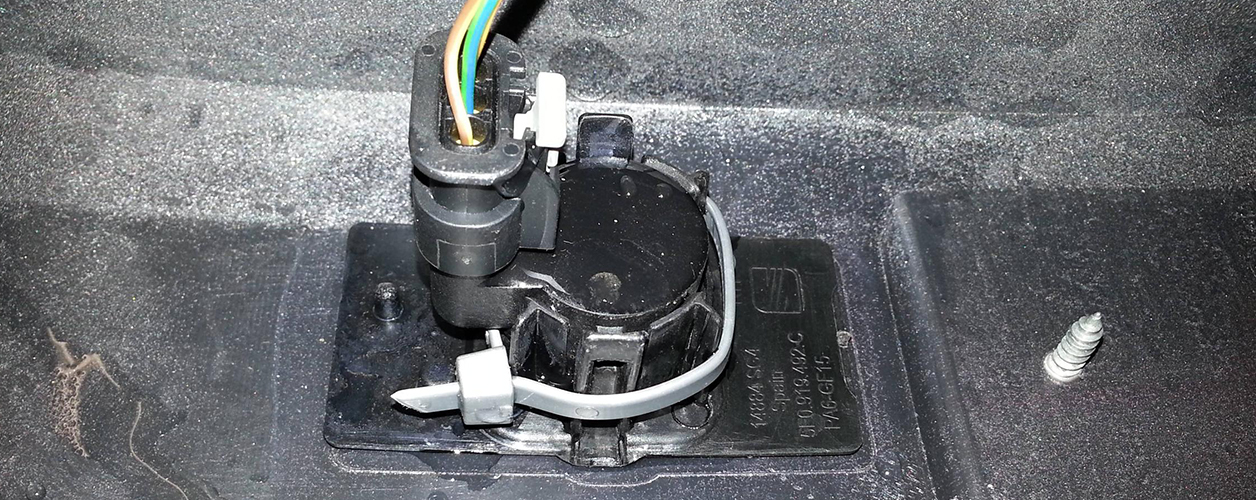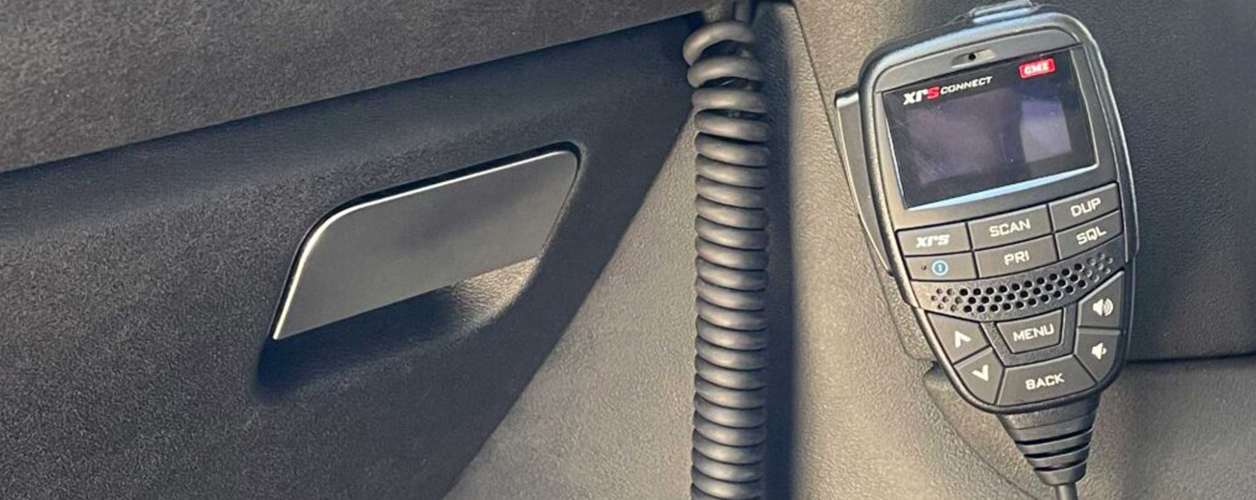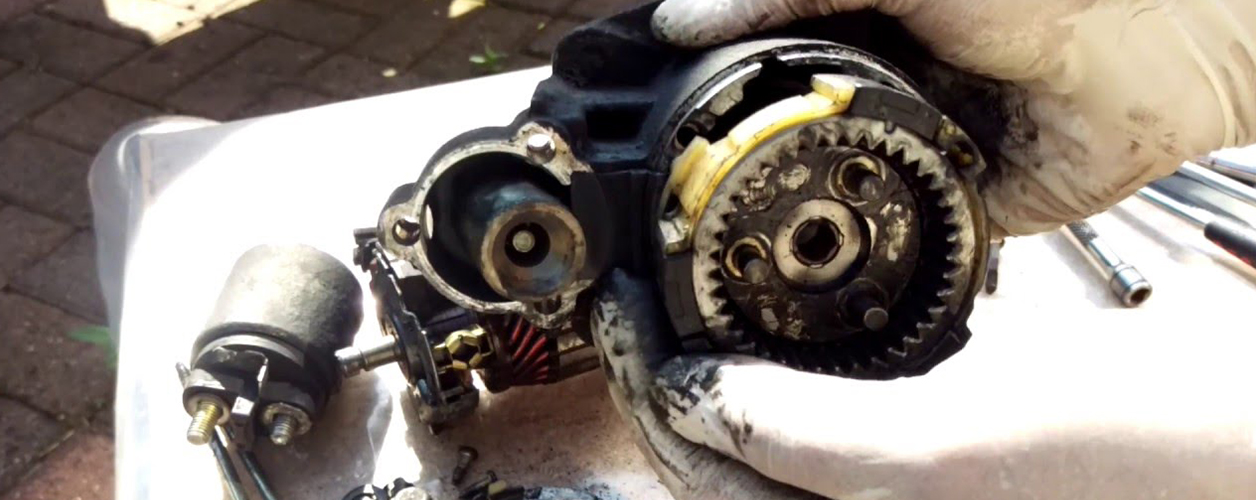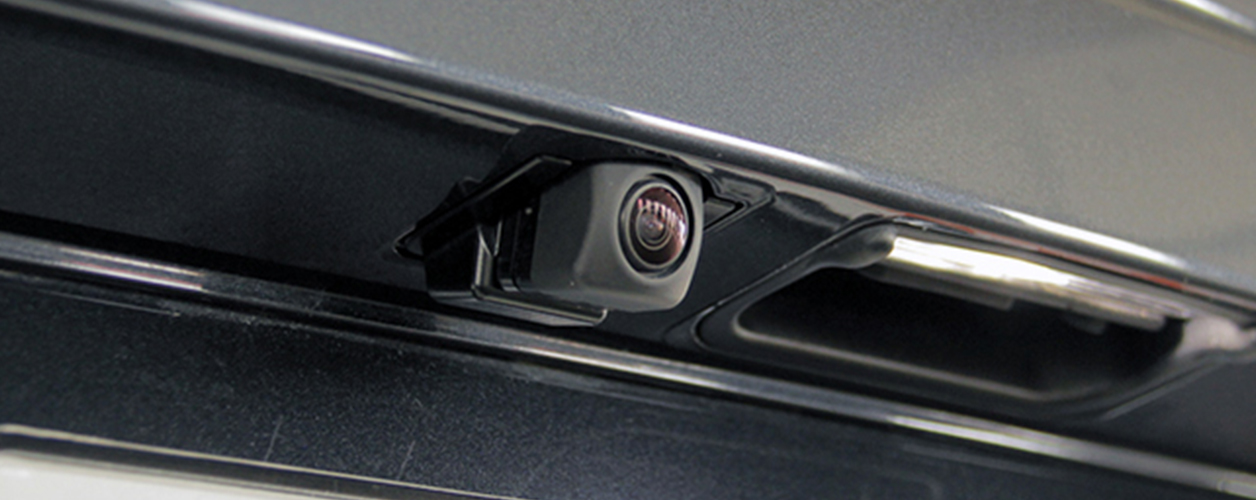When you think about parking sensor replacement, you might be confused about what tools together and which process to implement. Moreover, you might also be worried about the instructions not being clear when you come across a guide searched in your search bar tool. Therefore, we are looking forward to clearing all your confusion and worries by providing a DIY guide to parking sensor replacement and modern upgrades. Hence, if you are as excited as us and want to gain all the necessary information and instructions regarding parking sensor replacement, count on our blog.
Your Easy-To-Follow DIY For Parking Sensor Replacement
1. Gathering Tools And Materials
Here are some important tools and materials you need to gather before starting the parking sensor replacement< process.
- Screwdrivers
- Wire strippers
- Pliers
- Trim removal tools
- Heat shrink tubing
- Soldering solder and iron
- Crimp connectors
- New parking sensors
- Electrical tape
- Multimeter and
- Panel clips (2 or more).
2. Gather Vehicle Information
As soon as tools and materials are gathered, proceed with gathering the information by first reviewing your vehicle's manual. Then, identify the specific region that mentions the parking sensor system to check your vehicle's model, type and necessary specifications you need to know. After you carefully read the information provided in the manual proceed with noting down the model and its manufacturing time. Now, it is time to determine the sensor type that your vehicle is made of which might usually be electromagnetic or ultrasonic. At the same time, make sure to check all the wiring information that exists in your parking sensors before moving forward with the replacement process.
3. Choose And Purchase Sensors
Then comes your time when you need to choose the right parking sensors for replacement and purchase the same only by making all the considerations. The factors you need to consider are researching compatible sensors, considering upgraded features, and evaluating detection capabilities and visual alerts. To make exploration of parking sensor models easier, you can even opt for smartphone integration as this also allows you to receive notifications and alerts regarding sensor status. Therefore, also check the return policy and warranties before purchasing a parking sensor to get rest assured for safety and efficiency. Note- Make sure to compare the prices of the parking sensor you are purchasing before placing an order for it.
4. Locate To Remove Old Sensors
Now, start identifying the right location of the sensor and locate it so that the parking sensor replacement process doesn't go wrong. Some of the common sensors of a vehicle include temperature sensors, oxygen sensors and pressure sensors. Depending on the vehicle model, these sensors are located in different areas like the exhaust systems, wheel wells, engine bay and other specific positions. So, find the right location to remove old sensors using tools like pliers and screwdrivers and then prepare the working area. Once the work area is prepared, disconnect the vehicle's battery to proceed with the removal of covers or panels by using trim removal tools.
5. Disconnect The Wiring
Later, gain access to the sensors and start with the identification of wiring harnesses that are usually connected to old sensors. Then, do a visual inspection of the wiring and check for any signs of wear, tear, damage, fraying or loss and notice any of these signs make sure to advise them immediately. The next thing is to check the old sensor wiring and take note of its colour coding as each colour represents different and individual functions to operate properly. Based on the connector type used, use a specific tool like a screwdriver to safely disconnect the sensor wiring. Note- While disconnecting the wiring, ensure to avoid pulling of wires, verify the connector integrity, label wiring connections and secure disconnected wiring.
6. Install New Sensors
With disconnecting the wiring to be done, start the installation of new sensors as this contributes to enhancing the performance of the vehicle. So, start this step by mounting the sensors in the old locations of sensors after cleaning their area with a clean cloth. Then, make sure that the replaced new sensors are properly and securely attached to the mounting location manufacturer’s manual. Also, ensure to secure the sensor flips or brackets, if there are any. After parking sensor replacement is done, you need to start connecting the wiring back to new sensor terminals by matching the colour coding for correct connections.
7. Test The Replaced Sensors
Confirm the source of power is connected to the sensors and ensure all the connections are secured to the respective positions or terminals and verify to address the damages, if any. Now, start the vehicle's ignition shift the position to reverse gear and observe the behaviour of the sensor if the functioning is active or not. The next thing is to check the detection range by moving and verify the audible alerts by listening to beeping and different sound signals. Also, you need to conduct a visual infection to test the sensors and see if the physical rotation is smooth or not. However, if the vehicle's sensors are ultrasonic, then make sure the sensors are emitting signals and receiving reflections.
8. Secure The Wiring
By identifying the old or existing path that protected the sensors from getting damaged and securing the new wiring in the same location. To achieve this feat, you need to use existing clips or holders as these help in maintaining the factory-like appearance. If the existing clips are not enough when the new wiring is secured, then you can take the help of new clips or holders that are considerably the same size as the old ones. After this ensure that no part of the vehicle's wiring is exposed to air as this can make the wiring vulnerable to wear, damage or fraying because of various reasons.
9. Reassemble Panels
Make sure all the vehicle parts like covers and other components are organised correctly in their position before you proceed with reassembling the panels. While organising the removed components, you need to check for signs of damage and inspect the condition of screws and panel clips before securing the panels. If there are any missing parts or components then replace them with appropriate alternatives. Carefully align each panel into the mounting points of the vehicle and place them correctly using panel clips. Later, secure the screws, ensure proper panel alignment, reattach trim pieces, test panel security, verify sensor functionality and double-check the connections.
10. Upgrade Options
If your vehicle's new sensors especially come with advanced features such as smartphone integration or LED displays, then you have other important things to consider. So, you need to first identify the additional features by reviewing the manufacturer's instructions. Then, prepare tools such as crimping tools, wire strippers, screwdrivers and other tools specifically mentioned in the manual. Letter install LED display or smartphone integration setup by following the manufacturer's instructions while paying attention to electrical connections whenever necessary. The next thing is to securely mount the upgrade options for optimal functionality and visibility.
11. Final Test
The final checkup of the parking sensor replacement process ends with engaging the reverse gear, observing the sensor activation and checking the distance readings. In addition to these, you need to equip the parking sensors with audible alerts to hear sound signals and see if there is any change in intensity and frequency. As some sensors have multiple segments, each of the segments should be tested to ensure all the parking sensors can accurately detect different obstacles and distances. If applicable, verify the LED displays to confirm that they are providing accurate and clear information to the driver. Lastly, check for false alarms which might be caused because of misalignment or interference.
Modern Upgrades In Parking Sensors Replacement
- Wireless Connectivity- Simplifies the overall replacement process by eliminating the extensive wiring.
- Smartphone Integration- Helps in receiving real-time information directly to the smartphone, both visual and audio.
- LCD Displays- It gives feedback to the driver on the distance between two obstacles and vehicles.
- Advanced Detection Technology- Improves the sensitivity and ensures efficient performance as it involves electromagnetic or ultrasonic sensors.
- Automatic Calibration- This minimises the need for manual adjustments and helps maintain the optimal performance of a sensor.
- Customisable Alerts- While keeping different environments, you can choose sensors that send you customisable alerts and notifications.
- Integration With Other Systems- Integration of parking sensors with others can be encouraged like collision avoidance systems for additional safety to the driver.
Conclusion
All you have to worry about is purchasing a new sensor of your choice and from there on you can still look at our replacement process and follow the same. However, we suggest some precautionary tips like disconnecting the vehicle's battery before starting the process and reading the manufacturer's manual thoroughly. After taking all those things and steps we mentioned for parking sensor replacement, you can still opt for professional help or simply find a mechanic who can handle the installation quickly and correctly.








